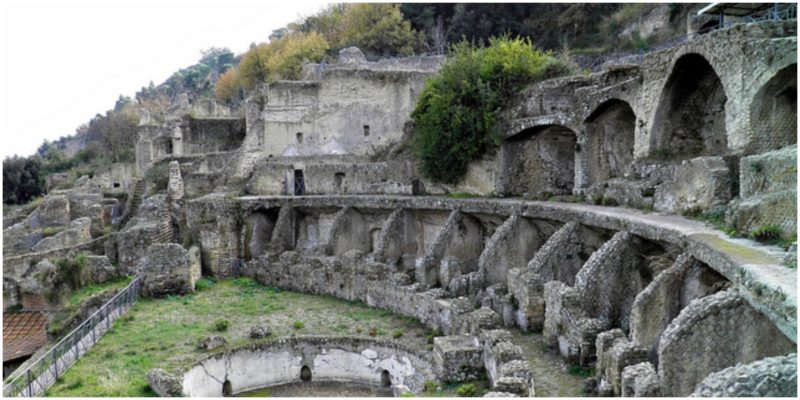The name Baiae has its origins in Homer’s Odyssey. Baius was one of Odysseus’ friends and the helmsman of his ship, and it is rumored that his grave is located somewhere in or around the town, giving it its name.
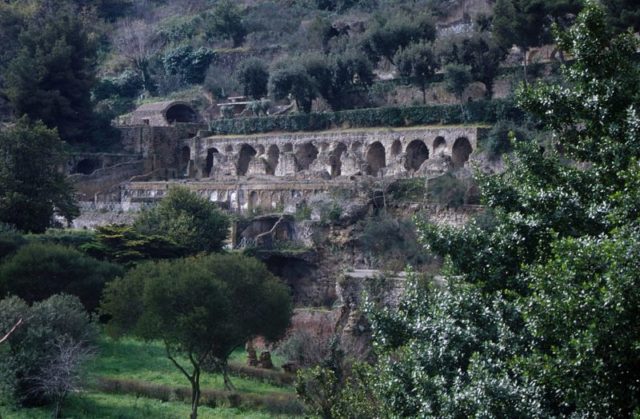
Although most of the ruins of the old town are incredibly interesting and beautiful, some stand out as exceptionally remarkable.
The three temples — the Temple of Mercury, the Temple of Diana and the Temple of Venus — have always attracted the most attention, both today and in ancient times. The temple of Mercury was known for having the biggest dome in the world until the Pantheon was built in Rome. The dome of the temple of Mercury measures 71 ft (21.5 m) in diameter and was at the time a wonder of Roman engineering.
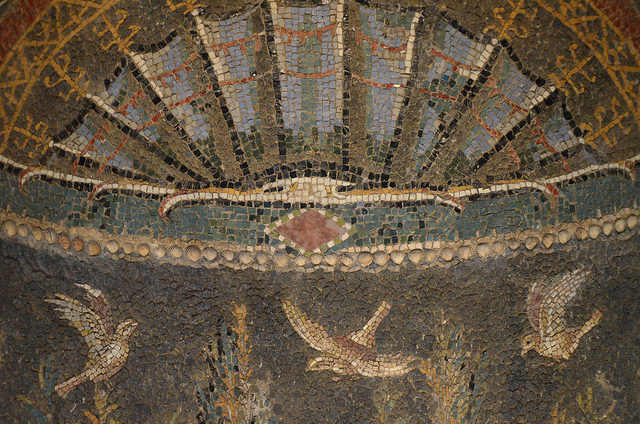
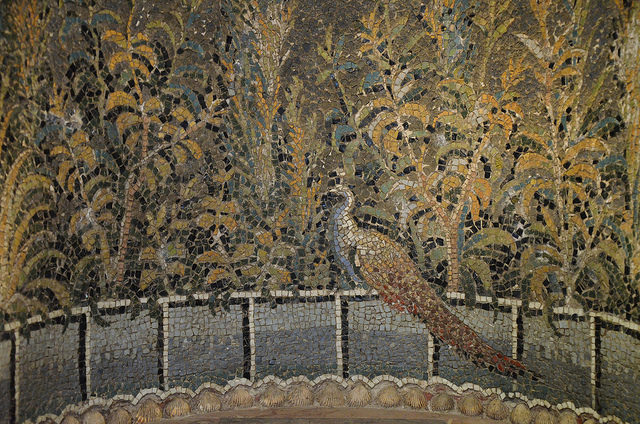
There were many baths in Baiae, both public and private. Warm mineral water was carried to the baths from hot springs through a complex underground system. The underground system also acted as a heating system for the houses, a common arrangement in well-established towns of the Roman and Byzantine Empires, and also supplied the town’s saunas.
The purpose of the saunas was medicinal as well as recreational. The Romans very much believed in the healing power of water, and the baths and saunas were used for treating various illnesses. The aqueduct Aqua Augusta carried the town’s drinking water, and parts of the old aqueduct can still be seen today.
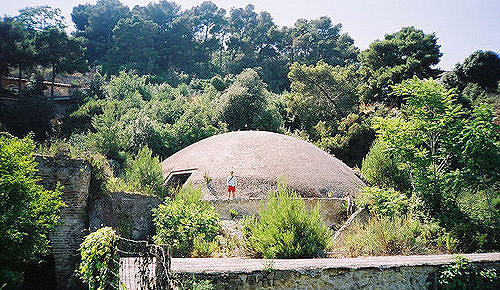
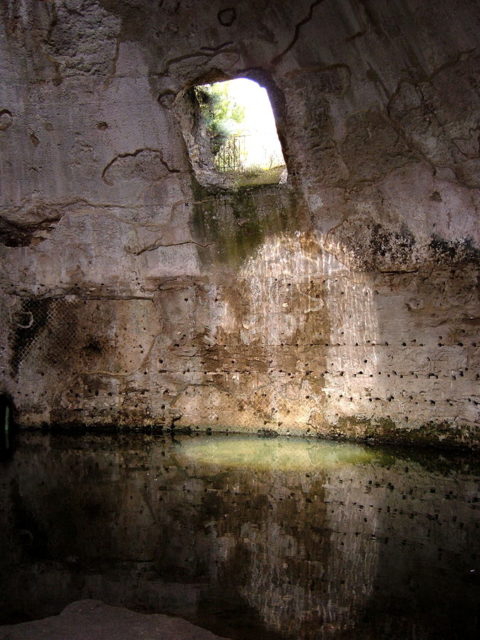
The town of Baiae was incredibly popular towards the end of the Roman Republic. Roman General Marius, optimate politician Lucullus, and military and political leader Pompey were all frequent visitors. The great Julius Caesar had his own villa there. Under the rule of Augustus, most of the town became imperial property.
Roman Emperor Nero had a personal villa constructed in the middle of the 1st century, and it is reported that Hadrian died in his in 138 A.D. Baiae was also the favorite spot of Septimius Severus. A place of excess and pleasure, it continued to be a popular getaway for the elite.
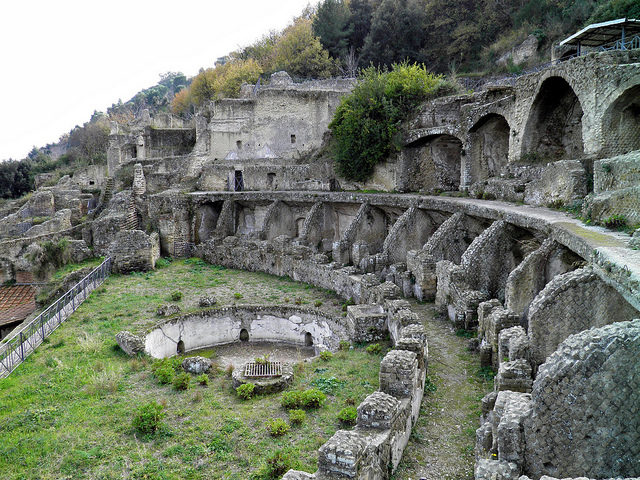
Baiae was also the location for what was arguably the biggest stunt pulled off by a Roman emperor: a feat by the eccentric Caligula. After an astrologer told him that the stars predicted that he had “no more chance of becoming emperor than of riding a horse across the Gulf of Baiae,” he decided to take action. He ordered for a bridge to be built, stretching all across the gulf from Baiae to the port of Puteoli.
His engineers managed to build the bridge by connecting and sinking impounded ships. On completion, Caligula put on his gold cloak before riding majestically across the Gulf of Baiae in his glory. Fragments of the bridge, known as the Bridge of Caligula, can still be seen today and are a popular tourist attraction.
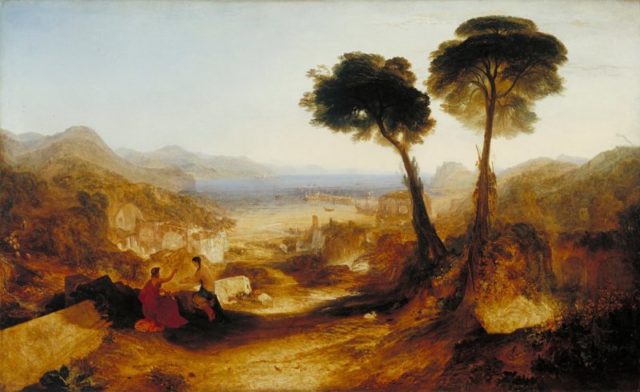
The decline of Baiae began with the Barbarian invasions of Rome and was furthered by Muslim raiders in the 8th century. The town was deserted when malaria struck recurringly at the beginning of the 15th century. Volcanic and seismic activity did the rest, and these natural relentless terrain shifts mean that most of Baiae now lies underwater in the Bay of Naples.
